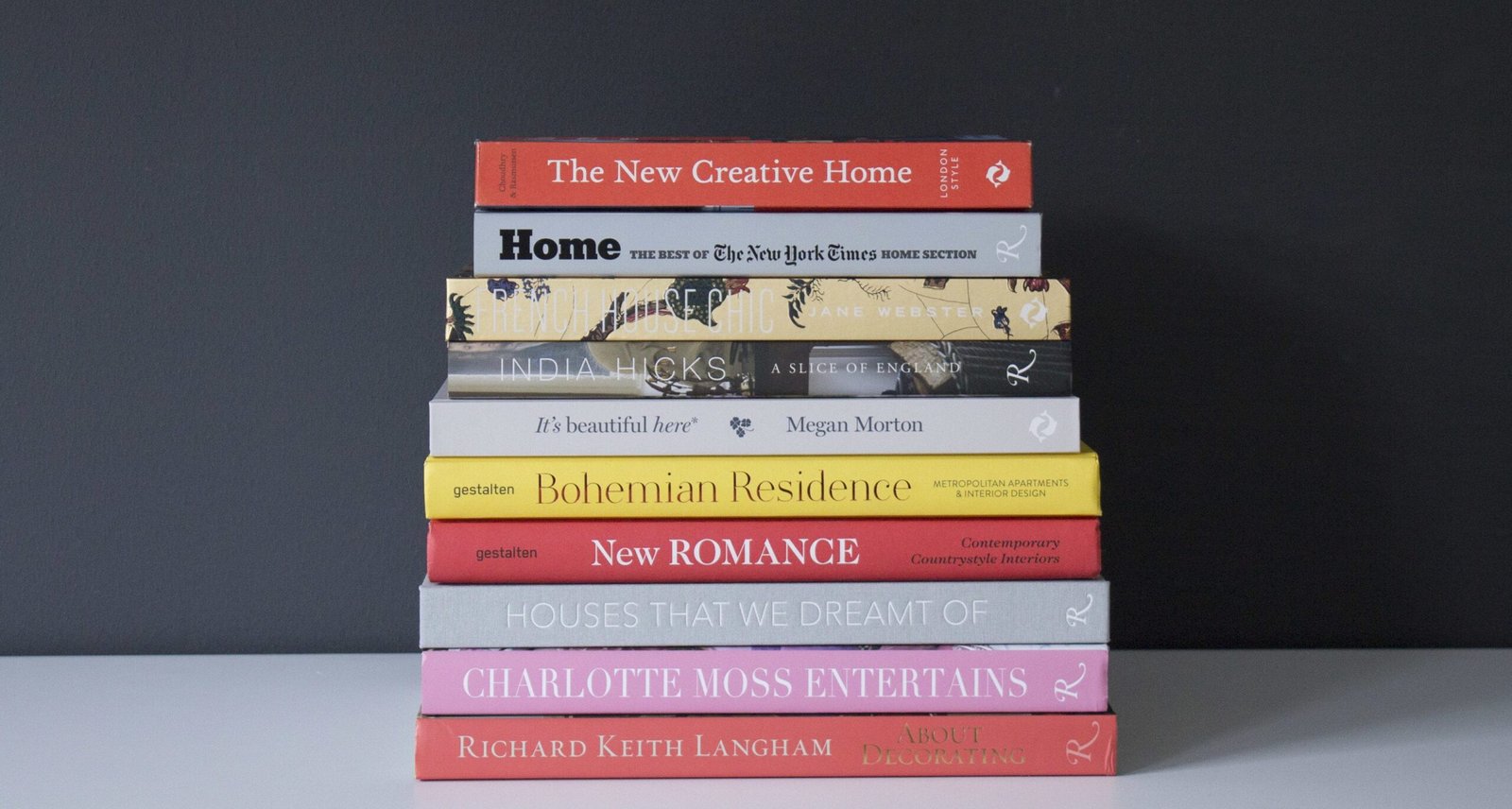Choosing books for different age groups is essential for encouraging a love of reading. Whether you are a parent, teacher, or simply someone looking to gift books, understanding how to choose books for different age groups can make a big difference. In this article, we’ll provide practical tips to help you select the right books for various ages, ensuring that the readers in your life find joy and engagement in their reading experiences.
Understand Developmental Stages
When learning how to choose books for different age groups, it’s crucial to recognize the developmental stages of children and young adults. Each age group has unique interests and cognitive abilities, influencing their reading preferences. For example, toddlers enjoy colorful pictures and simple stories. As children grow, they start appreciating more complex narratives and characters. By understanding these developmental stages, you can select books that match their growth and comprehension levels.

Consider Age-Appropriate Themes
Another factor to keep in mind when choosing books for different age groups is the themes presented in the stories. Younger children often relate to themes like friendship, family, and adventure. In contrast, older children and teens might be interested in themes such as identity, challenges, and social issues. Selecting books with age-appropriate themes ensures that readers can connect with the material on a deeper level, making their reading experience more enjoyable and meaningful.
Check the Reading Level
Reading levels vary widely among different age groups. When you are choosing books for different age groups, it’s important to consider the reading level of the material. For younger children, picture books with simple sentences are ideal. As children develop their reading skills, chapter books and middle-grade novels become more suitable. For teenagers, young adult fiction offers relatable characters and themes. You can often find reading level guidelines on the back cover or in the book’s description.
Explore Different Genres
Different age groups often gravitate toward specific genres. When learning how to choose books for different age groups, consider what genres resonate with each age group. Younger readers might enjoy fantasy and adventure stories, while older children may lean towards mysteries and realistic fiction. Teen readers often appreciate contemporary fiction, dystopian novels, and graphic novels. Exploring various genres can help you find engaging books that captivate their interest.
Look for Series Books
Series books are a great option for encouraging readers to dive deeper into stories. When choosing books for different age groups, consider recommending series that align with their interests. Series books help maintain interest and familiarity, making it easier for readers to follow along. For younger children, series like “Pete the Cat” or “Elephant and Piggie” are excellent choices. For older children and teens, series like “Percy Jackson” or “Harry Potter” can keep them engaged for a long time.
Consider Illustrations and Design
Illustrations play a significant role in capturing the attention of young readers. When you are choosing books for different age groups, look for books with vibrant illustrations for younger children. These visuals not only enhance the storytelling experience but also help in comprehension. As children grow older, the need for illustrations may decrease, but engaging book covers can still attract their interest.
Seek Recommendations from Trusted Sources
When selecting books, seeking recommendations from trusted sources can be invaluable. When learning how to choose books for different age groups, ask teachers, librarians, or fellow parents for suggestions. They often have insights into popular and age-appropriate titles. Online resources and book review websites can also provide helpful recommendations tailored to specific age groups.
Encourage Personal Choices
While guidance is essential, allowing readers to choose their books can foster a sense of ownership and excitement. When you are choosing books for different age groups, encourage young readers to pick titles that spark their interest. Take them to a bookstore or library, and let them browse. This freedom can lead to a more enjoyable reading experience and a lifelong love for books.
Incorporate Non-Fiction
While fiction often captures the imagination, non-fiction books can be equally engaging. When learning how to choose books for different age groups, don’t forget to include informative books on topics that interest young readers. Whether it’s animals, science, history, or art, non-fiction can provide valuable knowledge and expand their understanding of the world. Look for visually appealing non-fiction books that are age-appropriate and well-written.
Foster a Reading Environment
Creating a reading-friendly environment encourages young readers to explore books. When choosing books for different age groups, make sure to have a comfortable space with access to various reading materials. A cozy reading nook, a well-stocked bookshelf, or a quiet corner can inspire children and teens to dive into their chosen books. Encouraging family reading time can also help foster a love for reading in all age groups.
Conclusion
Choosing books for different age groups requires consideration of various factors, including developmental stages, themes, reading levels, and genres. By understanding how to choose books for different age groups, you can help cultivate a love for reading that lasts a lifetime. Whether you are selecting books for your children, students, or yourself, these tips can guide you toward making informed and enjoyable choices.











